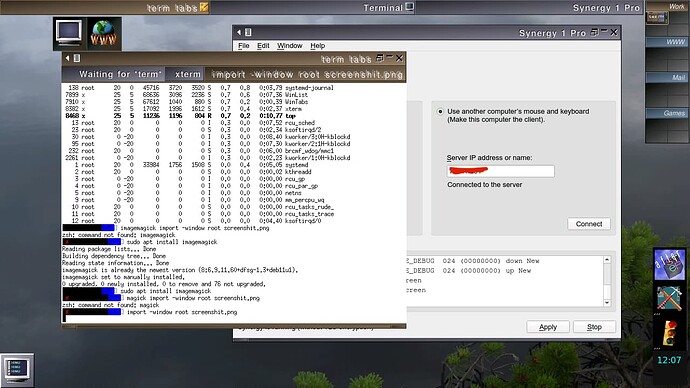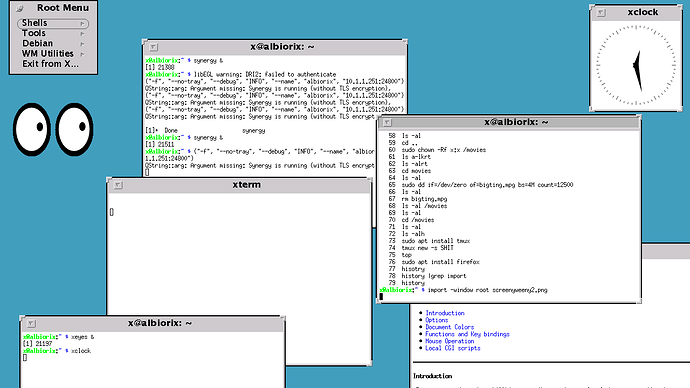Never had a 486 with more than 20 MB RAM (way back when)
When I first started using Linux - it was on a spare 386DX with 8 MB RAM…
I think my first ever machine with 128 MB RAM was a Pentium II 266… I did dual boot that, with Slackware and Windows NT 4… Oh that’s right - that motherboard had dual CPU sockets… I eventually boosted it up to 2 x 466 Mhz Celerons and 1536 RAM over about 2-3 years - I think I’ve still go that mobo in a crate somewhere…
I’ve now got a couple of 486’s with 64 MB of RAM in them, one’s an Intel Panther EL486 - was classed as a “workstation” in it’s heyday, intended for either Windows NT or SCO Unix - sort of pizza box size - I used to run a Linux router / firewall on it - can’t remember the name - you used a website to make your floppy to boot it - and that’s it (as well as a web interface to monitor and change stuff later)… 4 x 16 MB 72 pin SIMMs… Back then I think I ran the Firewall / Router software on 16 MB RAM…
And another strange 486 beast that has 8 x 30 pin SIM slots, but with a daughterboard (part ISA, part proprietary) to add a further 8 30 pin SIMs, for a total of 64 MB (and I have 16 4MB 30 pin SIMMs for it).
Both of which I intend someday, purely for shits’n’giggles, to get running DSL (Damn Small Linux)… Probably after I retire, which is still a few years away now…
But I’d never contemplate trying to do any “serious” stuff, like web browsing, on a Windows XP era machine…
Just today - I’ve tried (on Pi Zero 2W) :
GNUStep
FLWM
AfterStep
I really want something snappy, lite, usable but still a bit old school looking - so far AfterStep seems the best :
AfterStep
But ideally I’d like something in monochrome (256 shades of grey) that looks a bit like the early Sun XWindow system (before CDE)…
OLWM was what I was looking for Open Look Window Manager - a thing of great simplicity and beauty :
Sure - it aint quite monochrome, but close enough

